Ask Jacey: Yarn Competition
Jean wants to beat her best friend in the game of yarn
Jacey, my best fiber friend makes yarn that’s so much nicer than my yarn. We can use the same fiber, the same colorway, and each spin it into a worsted 2-ply yarn. Her yarn turns out soft and amazing and mine is hard, scratchy, and not amazing. Any idea what I’m doing wrong?! Jean
Let me tell you a story that happened to me not that many years ago (12 years exactly, in fact). I dyed 8 oz of commercially processed organic Merino combed top and spun it with a worsted, short-forward draft. The resulting yarn was worsted in both style and weight and also, I thought, the most beautiful in the world. This was before PLY, by the way. To my immense joy, it was spot-on balanced. I mean, it hung in the quintessential loop with not even the slightest inclination of turning left or right. I loved it. Even now, when I look at the pictures, my breath catches a bit in my throat. Yarn does that to us, right?
Then I knit it up. I knit it into my knitting hero Elizabeth Zimmerman’s Baby Surprise Sweater. You’ve made at least one, right? If not, stop reading this for a couple hours and whip one out – you won’t be sorry. Actually, finish reading this first as it might save your sweater. The few hours I spent knitting it were joyous (except for a little nagging thought, but we spinners/knitters are sometimes good at ignoring those nagging little thought, aren’t we?). A smart and slightly mysterious pattern coupled with the most gorgeous yarn in existence – how could it not be euphoric? Well, good thing I enjoyed those few hours because once the sweater was done, my bliss faded to confusion and eventually woe.
The sweater was attractive enough but, truth be told, a more fitting name would be the Baby Surprise Suit of Armor. It was thick, it was hard, and it was stiff: words suited for so many things in this world besides knitting, to be sure. It was even a bit crunchy. When I went back to feel the original fiber, I was even more confused – the combed Merino top was about the softest fiber I’d ever felt and perfect for a small, picky kid. Next, I moved onto the yarn. That’s when I let the nagging thought take root and took a more honest look at this gorgeous yarn. I realized that while it was aesthetically pleasing – perhaps a 9 or a 10 – when it came to tactile appeal, it plummeted to a 3 or a 4. (I reserve 1s and 2s for yarns that might actually puncture or cut you.)
You might initially be attracted to this yarn, but once you spent a little time handling it, you’d have to have a couple of glasses of wine before you’d take it home with you.
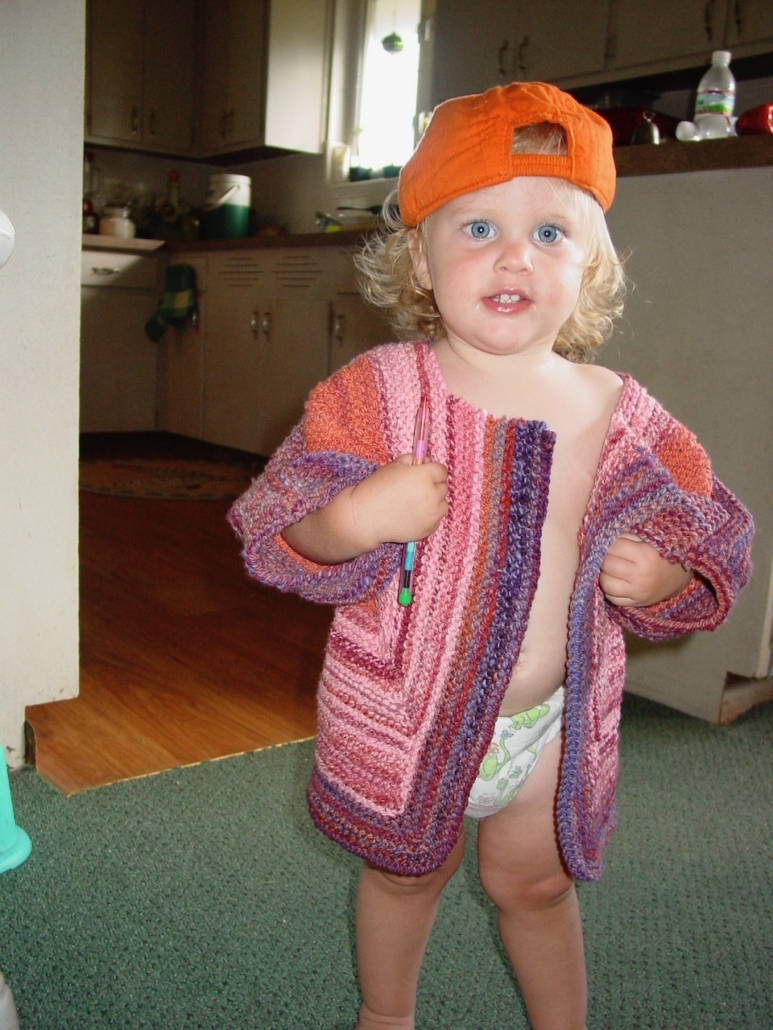
Of course, my kiddo was thrilled with their sweater in theory, but when it came time to pick something out to wear, their tiny pudgy hand never reached for it. In the picture, you can see the stiffness and the lack of drape; what you can’t see is the scratchiness and the crunchiness. It’s quite unpleasant. In fact, I had to help them lower their arms for the shot; otherwise, the yarn caused them to stick straight out to the side like a tiny cheerleader.
So what did I do wrong? How did I take soft, scrunchable fiber and turn it into the equivalent of a Baby Surprise Hairshirt? It’s probably the same thing you’re doing – spinning the heck out of it.
That’s it! Too much twist. Too much twist in the singles, to be precise. All yarns spun from the same fiber using the same technique are not created equal, my spinning friend. I don’t care if your yarn turns out perfectly even, smooth, and balanced – it can still feel like it fell out of the scratchy tree and hit every crunchy branch on the way down.
Here’s the truth dropping: The feel and hand of your plied yarn lies mostly with the twist in your singles. Too much singles twist can make it absolute cord. Rope, even. Follow me for a second because this is the crux of the matter. If you spin a single with a low to moderate amount of twist, your yarn has a better chance of ending up soft no matter how much ply twist you subject it to. If you spin a yarn with scads and scads of singles twist, no matter how little or how much ply twist you add, that yarn will be hard, crunchy, and stiff. It’s true. Look at these yarns:
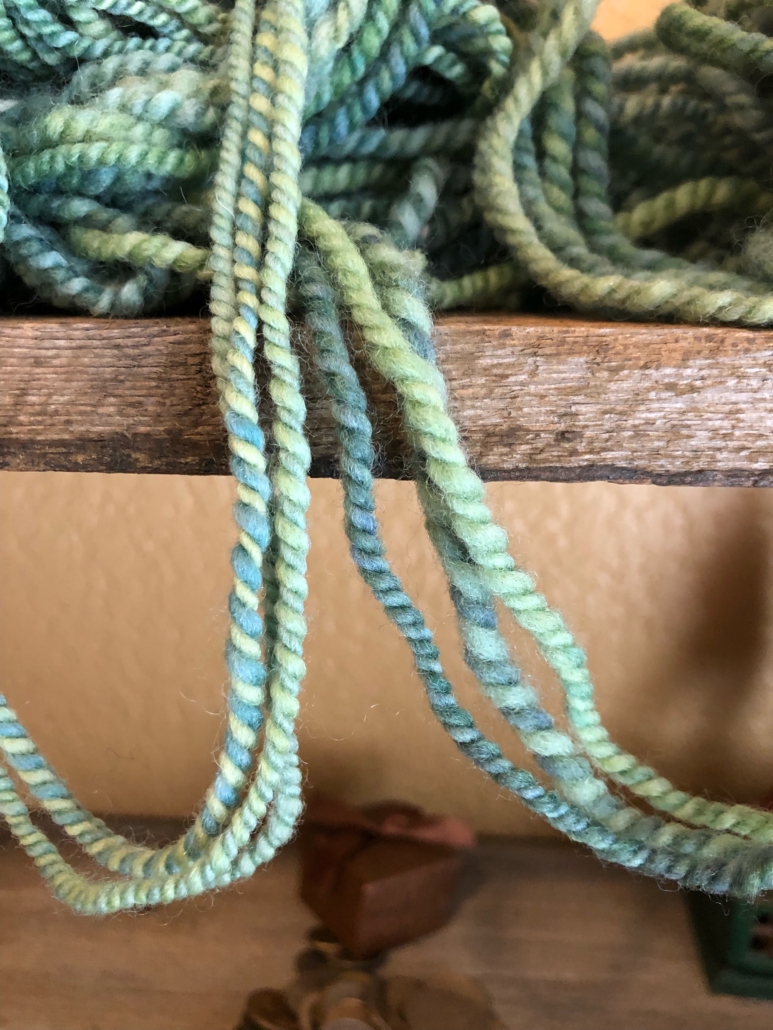
Both are Merino wool spun worsted and plied to balance. The only difference is the yarn on the right has less singles (and it follows, it’s true, less ply) twist, and the one on the left has lots more. Even without touching them, you can see the difference, right?
As always, though, I recommend you don’t take my word for it – try it out. Take an hour and spin a few samples. Spinning samples and experimenting expands our knowledge of the craft. Try the following:
- Spin 2 singles with low to medium twist.
- Ply half of each together until they reach balance or just barely beyond. Remove your yarn and mark it “low single, balanced.”
- Ply the other halves of the low-twist singles together employing the “treadle like the wind” technique. It will take them way past balance, but we’re experimenting, so just go with it. Mark it “low single, high ply.”
You’ll find that these 2 yarns with their low-twist singles will be fairly soft and pliable, like your fiber. Now try the following:
- Spin another 2 singles, but this time, give them heaps of singles twist.
- Ply half of each together until they reach balance or just barely beyond. Wind this plied yarn off and mark it “high single, balanced.”
- For the other halves of the singles, ply lightly, with just a bit of ply twist. This yarn won’t be balanced, but that’s okay. Wind it off and mark it “high single, low ply.”
Both of these yarns, with their high-twist singles, will be harder and scratchier than your fiber, regardless of the amount of ply twist present.
See!? The feel and drape of your plied yarn is highly reliant on the twist amount in your singles. No matter the ply twist, lower singles twist will result in a yarn that is softer than high singles twist.
So, Jean, that’s it. If you want your yarn to be more like your pal’s, try putting less singles twist in it (and for balance, less ply twist as well). To get less twist, set your wheel on a bigger pulley, move your hands faster, or treadle your feet slower.
Also, subscribe to PLY, it’s pretty good.
Much,
Jacey
PS. Watch a video to go with this Ask Jacey, HERE!
PPS. Got a question for Jacey? Ask any time, HERE!
PLY Magazine believes that Black lives matter, as well as LBGTQI+ lives. Those most vulnerable and persecuted in our communities deserve our love and support. Please be good to each other.
Did you know we also have a monthly PLY newsletter? Sign up here!
Did you know we also have a monthly PLY newsletter? Sign up here!

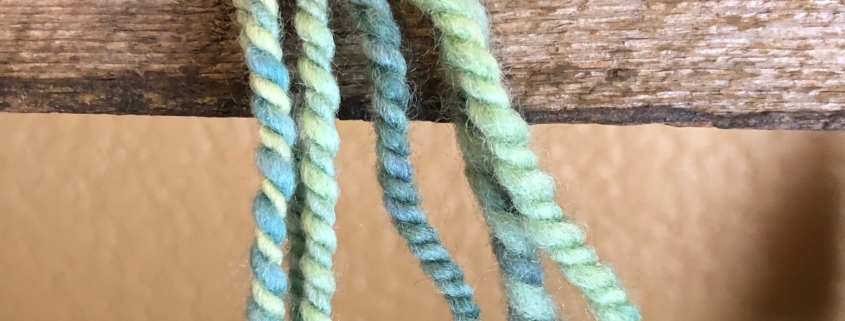
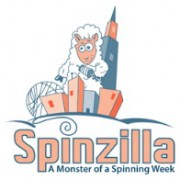
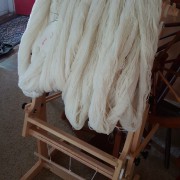
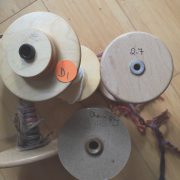
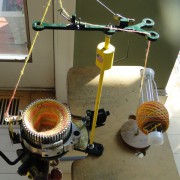

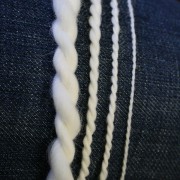
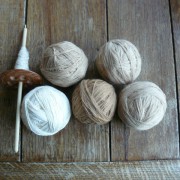

Leave a Reply
Want to join the discussion?Feel free to contribute!